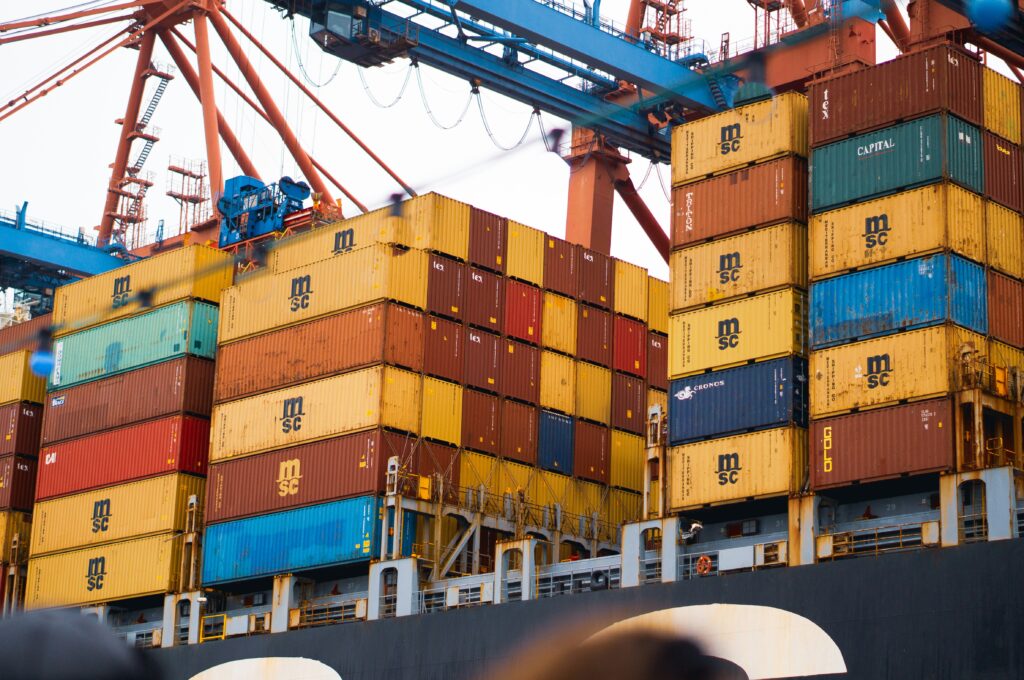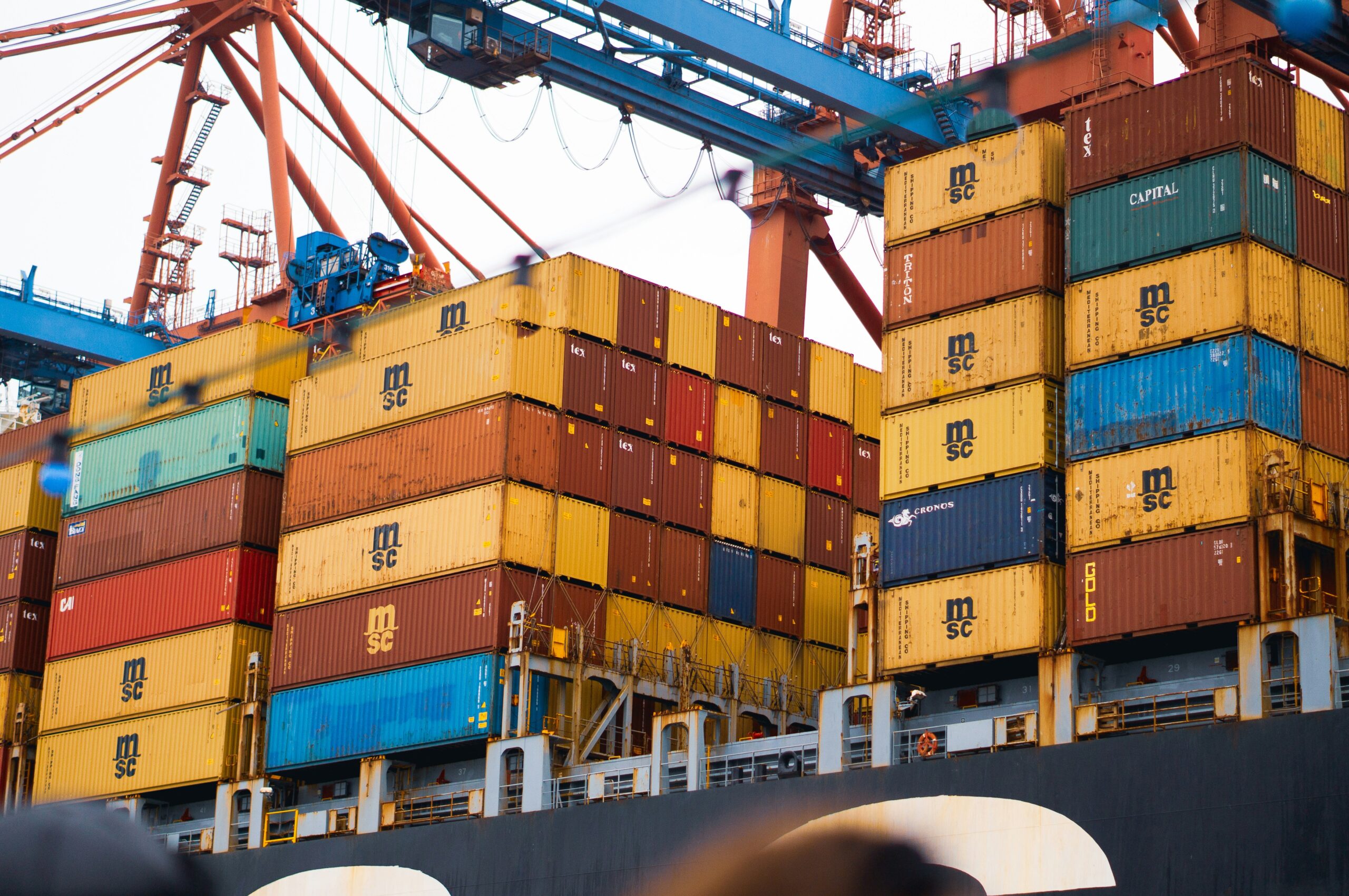Belgium is a major center for international trade because of its advantageous location in the center of Europe. Its varied sectors, access to important markets, and sophisticated logistical infrastructure make it a great place to export goods. This tutorial will ensure a successful and seamless exporting experience by guiding you through the necessary stages.

Understanding Belgium’s export economy
Belgium has a robust industrial base and is focused on exports. Key exports include equipment, chemicals, medicines, cars, and culinary goods like chocolate and beer. Its strategic location gives it access to international markets as well as EU member states via vast air, sea, and land networks. Belgium has easy access to other EU nations as it complies with EU trade regulations as a member of the EU. Exporting outside of the EU, however, necessitates compliance with certain international trade laws.
Researching your target market
It is essential to conduct in-depth market research before exporting. Determine the target country’s trade laws, prospective rivals, and the demand for your goods. To obtain insightful information, make use of resources like Brussels Invest & Export, Wallonia Export & Investment Agency (AWEX), or Flanders Investment & Trade. These organizations provide training, advice, and market data specific to Belgian companies.
Preparing export documentation
Having the right paperwork is essential for a seamless customs clearance process when exporting from Belgium. Documents that are frequently needed include:
- Commercial Invoice
- Packing List
- Export Declaration
- Certificate of Origin
Additional certificates and permissions could be needed for some products, including food items or medications, to fulfill destination-specific requirements.
Understanding customs procedures
Since there are no customs taxes or border controls, Belgium’s customs processes are simple for commerce within the EU. Customs clearance is required for exports to countries outside the EU. This includes:
- Correctly classifying goods under the Harmonized System (HS).
- Paying applicable duties and taxes.
- Ensuring compliance with trade agreements.
Advice on negotiating customs processes and guaranteeing compliance is available from the Belgian Customs and Excise Administration.
Choosing the right logistics solution
Belgium is home to top-notch transport infrastructure, such as Brussels Airport, a major air freight center, and the Port of Antwerp, one of Europe’s biggest ports. Select a logistical option that complements your target market and product:
- Sea Freight
- Air Freight
- Road and Rail Transport
Transportation and customs procedures can be streamlined by collaborating with a trustworthy logistics partner that is knowledgeable about global commerce.
Navigating VAT and taxation
VAT is not applied to items exported from Belgium to non-EU nations, but you will still need to present confirmation of export to the tax authorities. The reverse charge technique, in which the buyer manages VAT in their nation, is frequently used inside the EU. To guarantee adherence to Belgian and international tax regulations, maintain thorough records of every transaction and seek advice from a tax professional.
Leveraging export support services
Belgium provides exporters with a wide range of support services. Regional organizations that help enterprises with market access, training, and funding include FIT, AWEX, and hub.brussels. The Belgian Foreign Trade Agency also offers access to a worldwide network of connections and arranges trade missions.
To lessen the financial risks associated with foreign trade, financial assistance solutions including export credits and insurance are available. One important tool for controlling trade risks and obtaining payments is the Belgian Export Credit Agency (Credendo).
Overcoming challenges and ensuring success
Although there are numerous benefits to exporting from Belgium, there are drawbacks as well, such as dealing with foreign laws, cultural differences, and exchange rate swings. Get beyond these obstacles by:
- Building strong relationships with local partners in your target market.
- Staying informed about trade policies and changes in international regulations.
- Using tools like hedging to manage currency risks.
Prioritizing dependability and quality can also help you build a name in international marketplaces, which will guarantee long-term success.
Conclusion
Belgium offers a plethora of alternatives for exporting goods. Businesses may increase their reach and prosper in international markets by being aware of the rules, making use of the nation’s logistical advantages, and making use of the support services that are offered. Your exporting experience from Belgium may result in long-term success and growth if you prepare ahead and have the appropriate tools.
You may also find these articles helpful
Exporting goods from Malaysia- full guide
Exporting goods from Sao Tome and Principe



